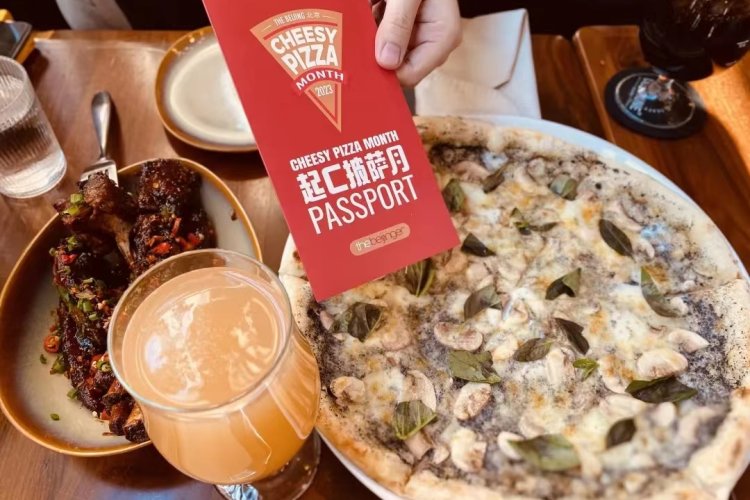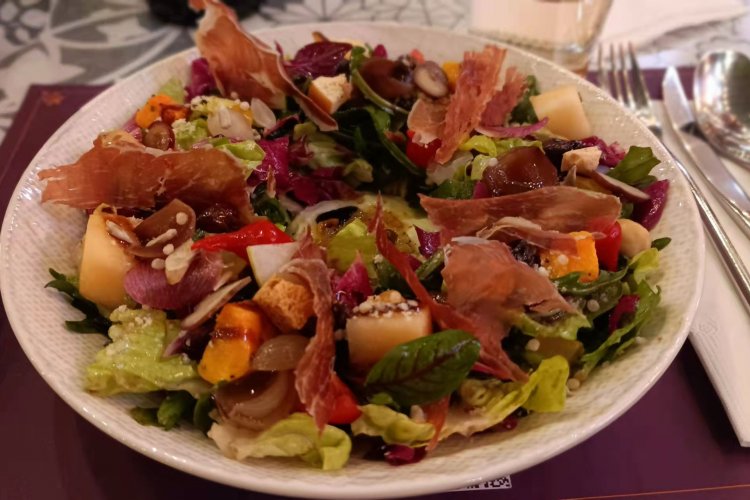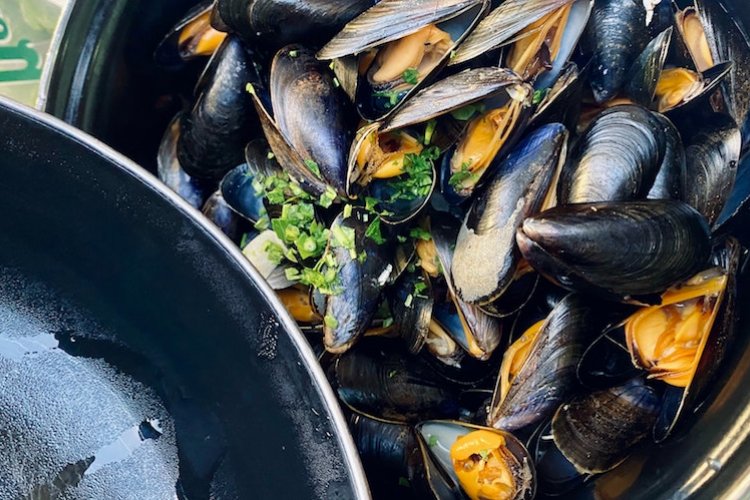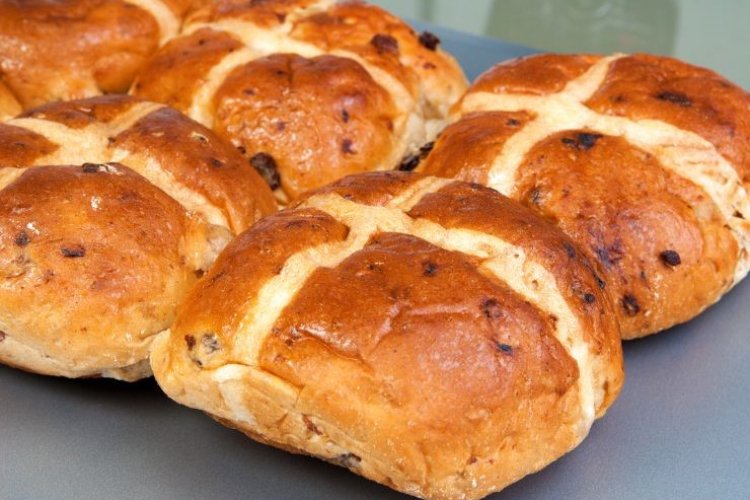A Taste of Home: Thailand
I have a fairly bleak opinion of much Thai food in Beijing, and assumed Thais would have similar feelings. So over lunch at Patara, I’m surprised to hear Natsupang Phye Poshyananda, First Secretary at the Thai Embassy, enthuse about several local restaurants.
“I like Lime Cafe,” Natsupang says. “There’s also Lotus Thai in the LG Twin Towers, Phrik Thai, and Lan Na Thai at Face.” I ask her for dish recommendations. “Oh, I go to each of them for something different,” she answers with a smile. “Lime Cafe for prawn cake, and chicken in pandan leaf. At Lotus Thai, sweet fried noodle (pad Thai), sour fried sausage, and chicken in coconut milk (tom ka gai). Lan Na Thai does northeastern Thai food, things like sticky rice, grilled chicken and traditional papaya salad.”
Patara has several restaurants worldwide, with five Thai chefs staffing the kitchen in Beijing. “If I have a really good friend, and only one opportunity to show them Thai food, I’d take them here,” Natsupang explains as our starters arrive.
Natsupang works her way through the starters, her speech frequently punctuated by hums of approval. “This is one of the things I miss from home,” she says of the chicken satay (RMB 78). “Basically we’d have loads and loads of these, sitting on the street. You’d have it with beer, and chat all night.” She also reminisces about the multitudes of noodle stalls in Thailand, serving noodles with all kinds of sauces. “If you can find that outside Thailand, it’s not going to taste anything like it does at home.”
Patara’s tom yam goong (hot and sour prawn soup, RMB 98), is definitely the best I’ve tried in Beijing. “Before I came back, I had this every day for a month,” Natsupang laughs. I speculate that it must be complicated to make at home. “If you want to do it from scratch, yes. But if you just buy the tom yam goong paste, it can be extremely easy.” So can she make it? “I have the chilli paste …”
I ask about stocking up on the essentials of a Thai kitchen. “Coconut milk is difficult to find here,” says Natsupang. “You can find the UHT or powdered versions, but fresh milk, no. But actually, most ingredients for Thai food can be found in Sanyuanli Market. You can even find imported sauces, with Thai characters on the packaging.”
The main courses are served, and the deep-fried garoupa with lemongrass sauce (RMB 358), best shared between at least three, is pretty special. As the lemongrass rises to the fore, sweet and sour flavors tingle on the tongue, forcing you to take a bite of something cooler, yet teasing you to come back for more.
Appearances are important, says Natsupang. “The presentation is as much at the core of Thai food as the taste. You find lots of food carving. We like things that are small and delicate, to show that you’ve spent time to prepare it.”
Natsupang reflects that even if Beijing had the best Thai restaurants in the world, the picture still wouldn’t be complete. “The things I miss are the things your mum or your granny would make. Not necessarily something to share with the rest of the world. If you’ve got a menu with ten pages, you wouldn’t put those dishes on it.” For her, it’s simple. “I miss my granny’s food the most. Then it’s street food. I think that’s it.”
Patara. Daily 11am-2.30pm, 5-10.30pm. 6/F Jinbao Palace, 88 Jinbao Jie, Dongcheng District. (8522 1678) 泰廷泰式料理, 东城区东城区金宝街88号汇6层601室
Click here to see the March issue of the Beijinger in full.
Photos: Sui and Nature Zhang






